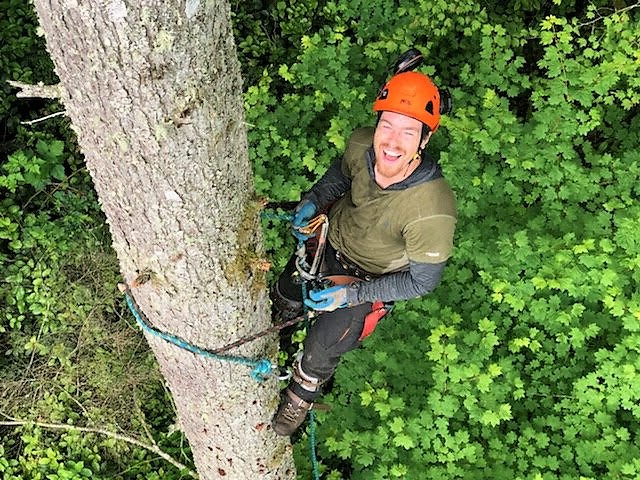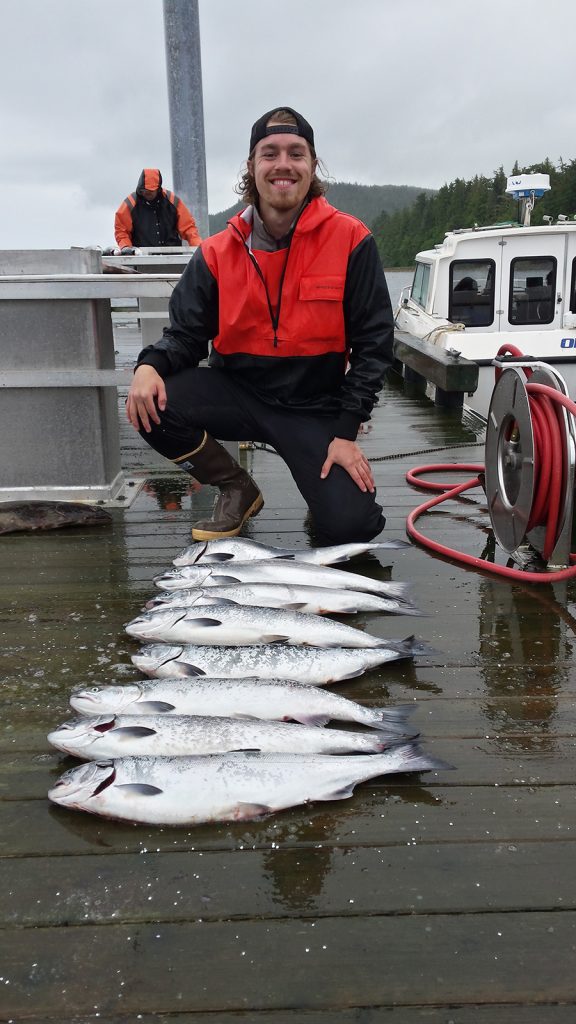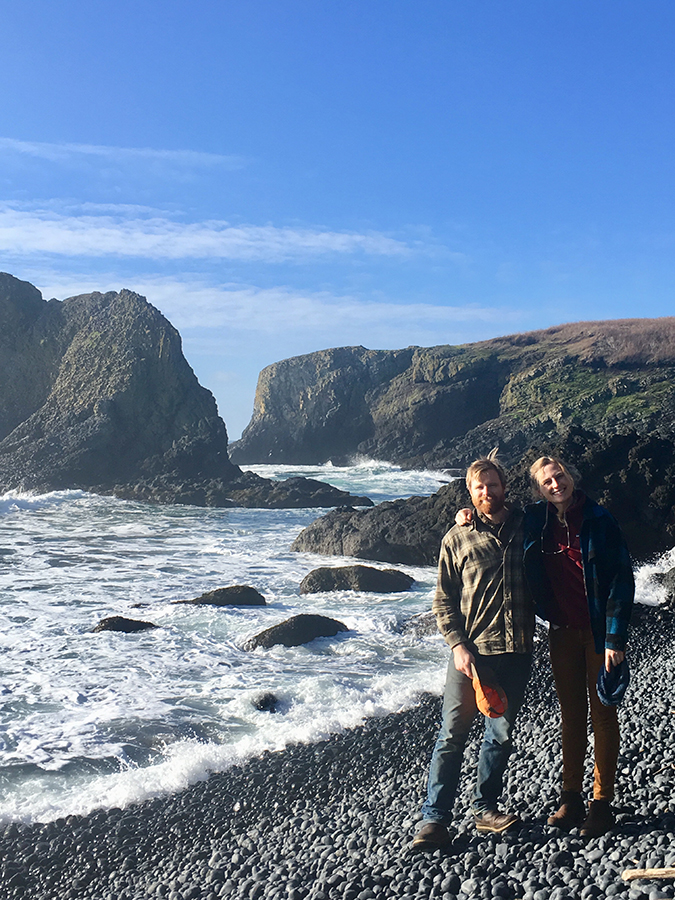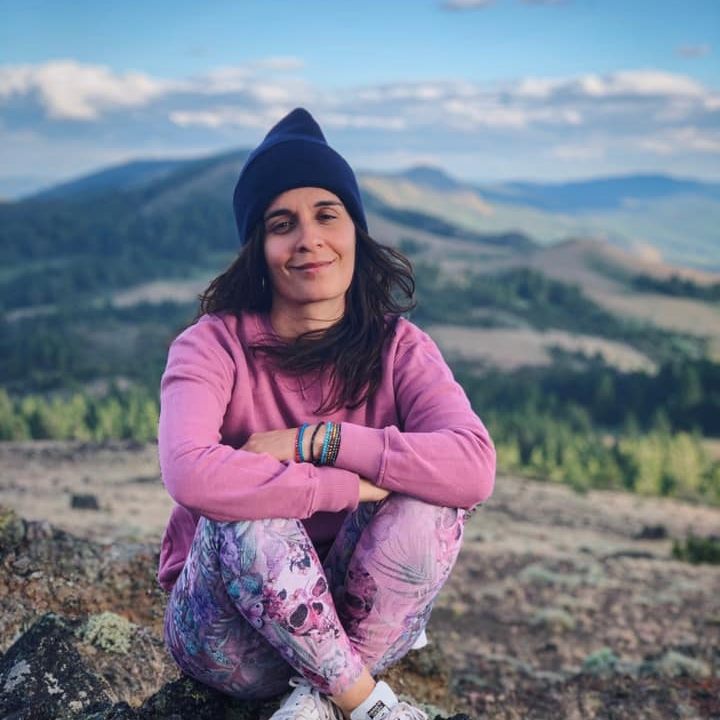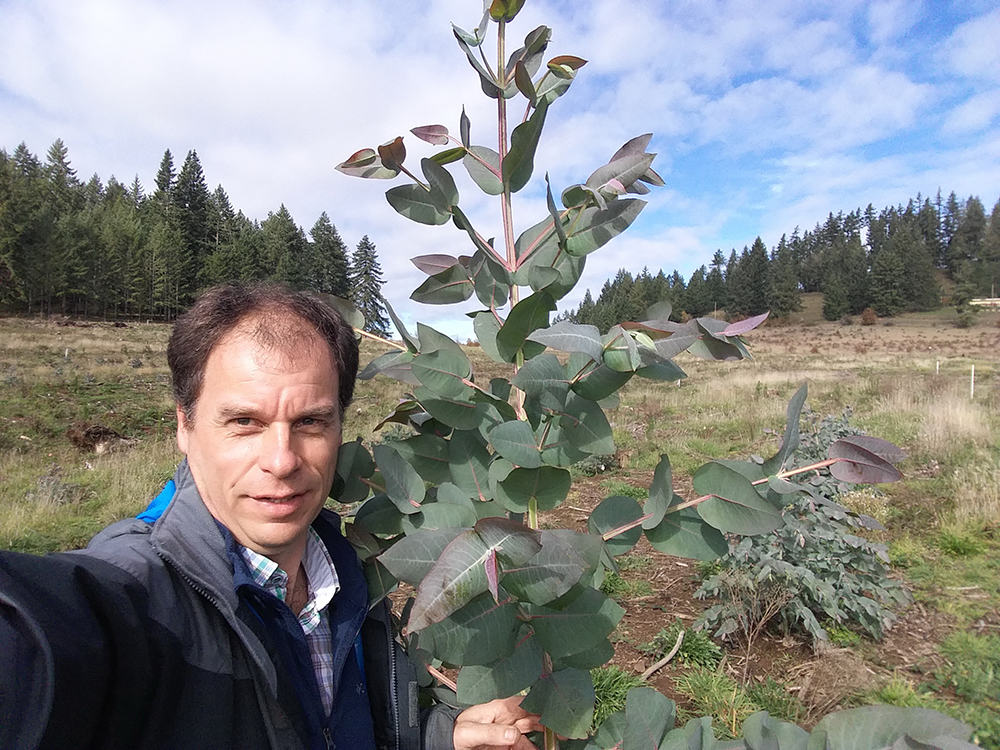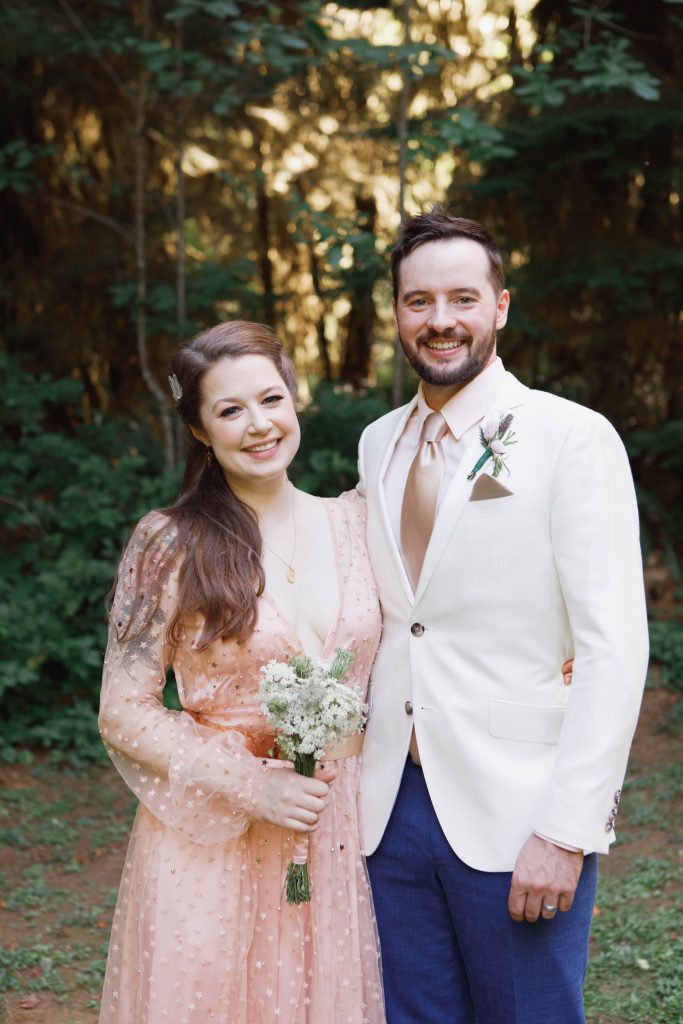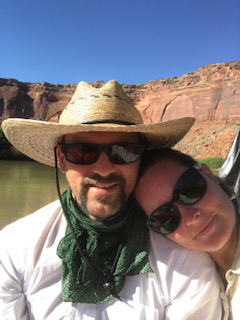What are you studying?
I’m in the sustainable forest management program on the forest biometrics track. I’m researching Douglas fir growth in New Zealand and comparing it to Oregon. I’m trying to determine why it grows differently in New Zealand.
When I applied to Oregon State, Doug McGuire gave me a call to let me know about this project, and it had a lot of the things I was hoping to work on in grad school. I wanted to do something multifaceted that looked at environmental conditions and how they affect tree growth. I was also excited about traveling to New Zealand.

Have you traveled there already?
I did. I went over the summer. It was their winter, which was nice because there were fewer tourists. It’s a beautiful country.

What was your journey to Oregon State Like?
I’m from St. Paul, Minnesota. I did my undergrad at the University of Minnesota in music. I went back and got a second bachelor’s degree in forestry so I could do something more fulfilling. I love the outdoors and was really interested in managing natural resources, but now I think I’ll end up doing something more technical, maybe a research position with the Forest Service working with growth modeling or something like that.
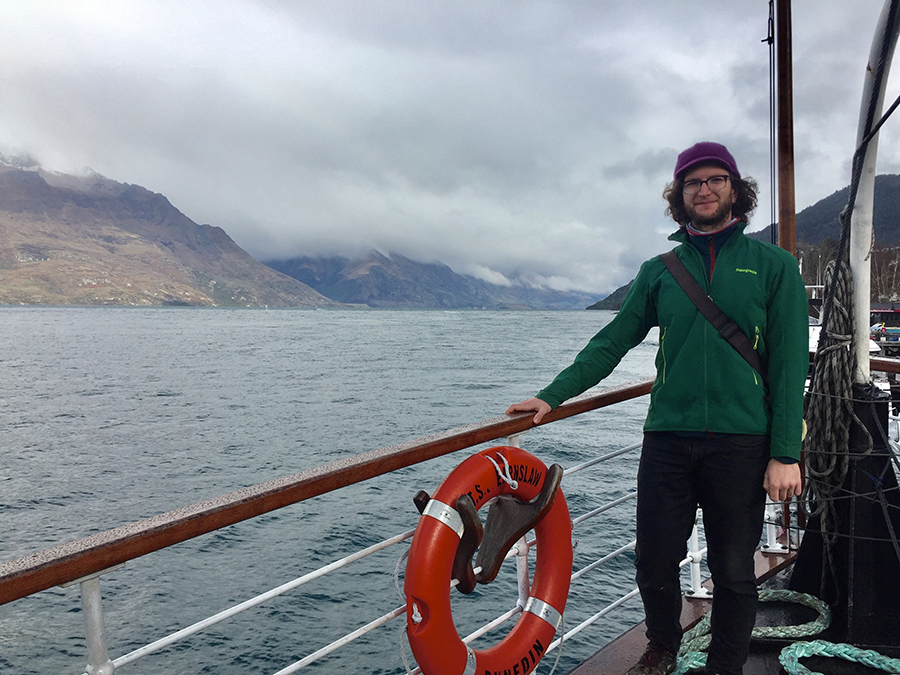
What do you do when you’re not working?
I spend a lot of time hiking. I do photography as a hobby, and I’m really into road biking. I used to mountain bike more, but as I’ve gotten older, I’m less and less willing.

Do you still play music?
No. I played the bassoon. I started playing it in seventh grade, and I thought I would play professionally, but it’s very competitive. There’s not a lot of solo music for bassoon. You either need to play duets with another bassoonist or with a full orchestra.
What kind of music do you like?
There’s a great band in Eugene I like to hear play called Yob. Radio France also has an amazing streaming station called FIP that plays all genre of music including a lot of jazz. I listen to that all day.
What’s the most interesting fact you can tell us right now?
I know a lot of facts about strange musical instruments. For example, in the 19th century, people were disappointed with the volume and range of the double bass, so they built a two-story bass. One person was unable to bow the instrument and reach the fingerboard. They never caught on because they were so impractical.
What is your favorite breakfast?
Pancakes. Specifically blueberry pancakes. I like pancakes because they’re so versatile. You can add all kinds of interesting toppings to the simple batter. I also really like lemon ricotta and pumpkin pancakes.



